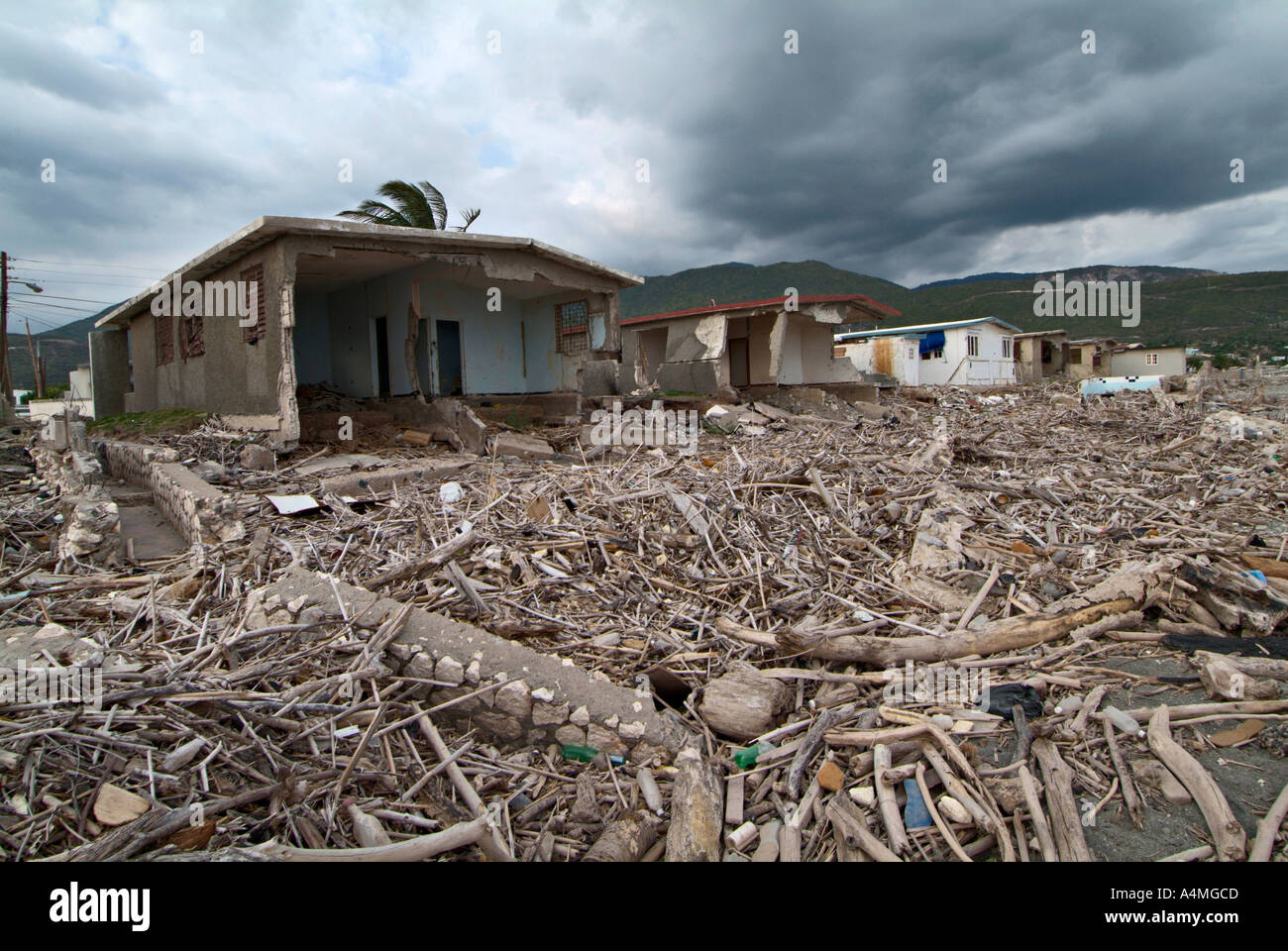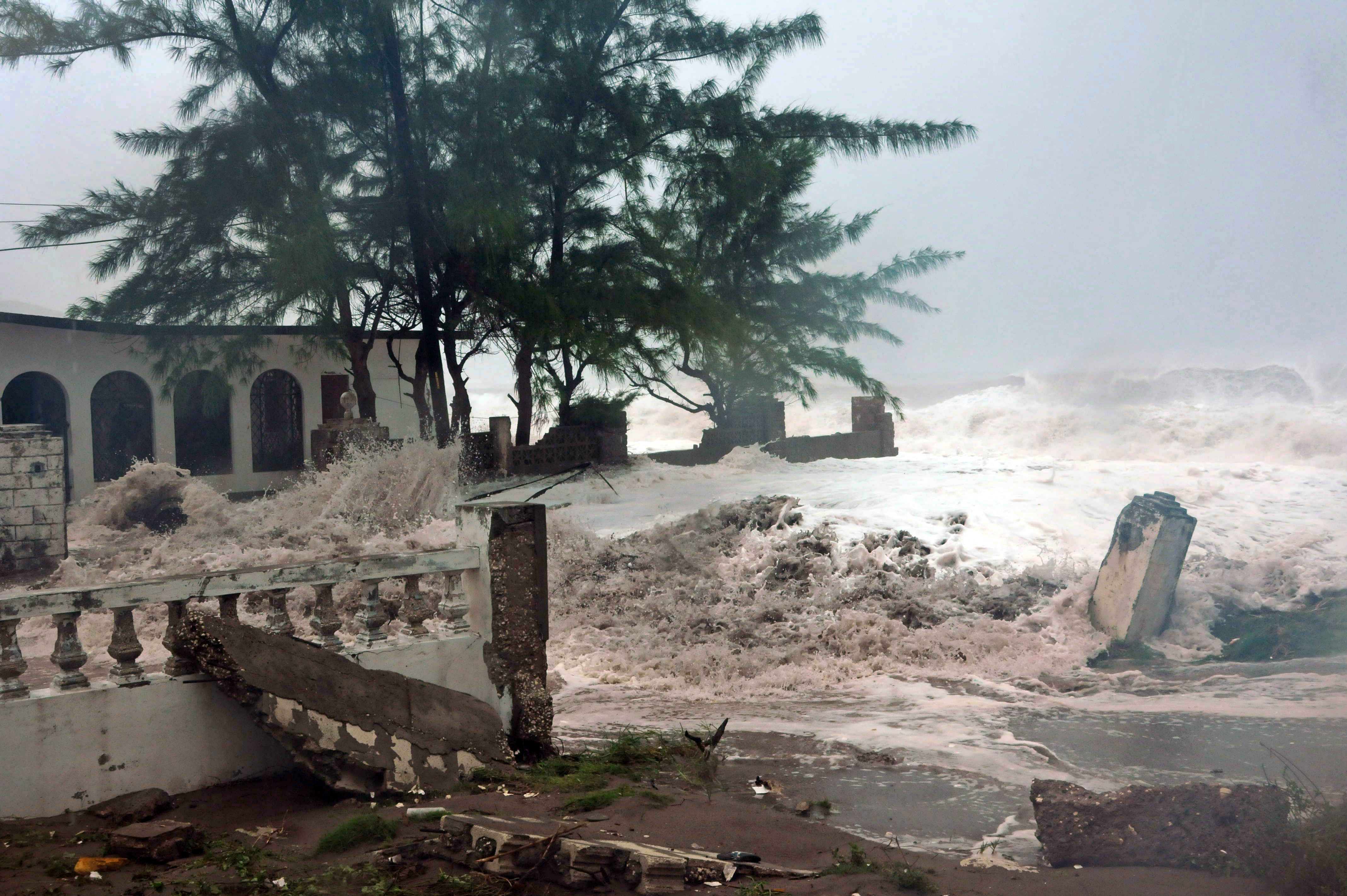Historical Impact of Hurricanes in Jamaica: Jamaica Hurricane
Jamaica hurricane – Jamaica, an island nation in the Caribbean, has a long and devastating history with hurricanes. These powerful storms have repeatedly struck the island, leaving a trail of destruction and loss in their wake.
The earliest recorded hurricane to impact Jamaica was in 1722. Since then, the island has been hit by numerous major hurricanes, including:
- Hurricane Gilbert (1988)
- Hurricane Ivan (2004)
- Hurricane Dean (2007)
- Hurricane Sandy (2012)
These hurricanes have caused widespread damage to Jamaica’s infrastructure, economy, and population. They have destroyed homes, businesses, and crops, and have led to loss of life and displacement.
Patterns, Frequency, and Intensity
Hurricanes typically form over the warm waters of the Atlantic Ocean and Caribbean Sea. They are most common during the Atlantic hurricane season, which runs from June 1st to November 30th.
The frequency and intensity of hurricanes in Jamaica has increased in recent years. This is due in part to climate change, which is causing the ocean temperatures to rise. Warmer ocean temperatures provide more energy for hurricanes to form and intensify.
The relentless downpours and howling winds of Hurricane Beryl have left Jamaica reeling. As the storm subsides, concerns shift to the potential impact of Hurricane Beryl, which is currently brewing in the Atlantic. Hurricane Beryl forecast predicts a possible intensification and change in track, warranting close monitoring for its potential impact on Jamaica.
As the island recovers from the devastation of Beryl, the looming threat of another hurricane casts a shadow of uncertainty over the future.
Devastating Effects, Jamaica hurricane
Hurricanes can have a devastating impact on Jamaica’s infrastructure. They can destroy roads, bridges, and buildings. They can also cause power outages and water shortages.
Jamaica braced for the impact of Hurricane Beryl, a Category 1 storm that was expected to bring heavy rains and strong winds to the island. The storm was forecast to pass just south of Jamaica, but forecasters warned that it could still cause significant damage.
Meanwhile, Hurricane Beryl’s forecast track has shifted slightly to the west, putting it on a path to potentially impact the southeastern United States. Hurricane Beryl Forecast Jamaica remained under a hurricane warning as the storm approached.
Hurricanes can also have a significant impact on Jamaica’s economy. They can damage or destroy crops, which can lead to food shortages and higher prices. They can also disrupt tourism, which is a major source of income for the island.
Perhaps the most devastating impact of hurricanes is on Jamaica’s population. Hurricanes can cause loss of life, injuries, and displacement. They can also lead to mental health problems, such as anxiety and depression.
Vulnerability and Risk Assessment for Hurricanes

Jamaica’s geographical location, topography, and socio-economic conditions contribute significantly to its vulnerability to hurricanes. The island’s proximity to the hurricane belt, coupled with its mountainous terrain, makes it susceptible to strong winds and heavy rainfall. Additionally, Jamaica’s dense population and high levels of poverty exacerbate the risks associated with hurricanes.
Hurricanes pose significant risks to Jamaica, including damage to property, loss of life, and disruption of essential services. The island’s infrastructure is vulnerable to high winds and flooding, while its economy is heavily dependent on tourism and agriculture, both of which can be severely impacted by hurricanes.
Risk Mitigation and Resilience
To mitigate these risks and enhance resilience to hurricanes, Jamaica has implemented several measures, including:
- Establishing a comprehensive disaster management system
- Enforcing building codes and land-use regulations
- Investing in infrastructure upgrades and coastal protection measures
- Developing and implementing early warning systems
li>Conducting public education and awareness campaigns
These measures have helped to reduce Jamaica’s vulnerability to hurricanes and improve its capacity to respond to and recover from these events.
Hurricane Preparedness and Response in Jamaica

Jamaica has a comprehensive hurricane preparedness and response system that involves various government agencies, non-profit organizations, and community groups. The system is designed to reduce the impact of hurricanes on the island and to provide assistance to those affected.
The main components of the system include:
- A national hurricane preparedness plan that Artikels the roles and responsibilities of different agencies and organizations
- A public education campaign that provides information on hurricane safety and preparedness
- A network of emergency shelters that are available to residents in the event of a hurricane
- A disaster response team that is responsible for coordinating relief efforts
The system has been effective in reducing the impact of hurricanes on Jamaica. For example, in 2017, Hurricane Irma caused significant damage to the island, but there were no fatalities. This was due in part to the fact that the government had evacuated residents from vulnerable areas and had provided them with shelter and food.
However, there are still areas for improvement. For example, the system could be more effective in reaching vulnerable populations, such as the elderly and the poor. Additionally, the government could provide more resources to disaster response efforts.
Despite these challenges, the hurricane preparedness and response system in Jamaica is a valuable asset that helps to protect the island from the devastating effects of hurricanes.
Recommendations for Strengthening Hurricane Preparedness and Response Efforts
There are a number of ways to strengthen hurricane preparedness and response efforts in Jamaica. These include:
- Increasing public education and outreach efforts
- Expanding the network of emergency shelters
- Providing more resources to disaster response efforts
- Developing a more comprehensive evacuation plan
- Improving coordination between different agencies and organizations
By taking these steps, Jamaica can further reduce the impact of hurricanes on the island and protect its citizens from harm.